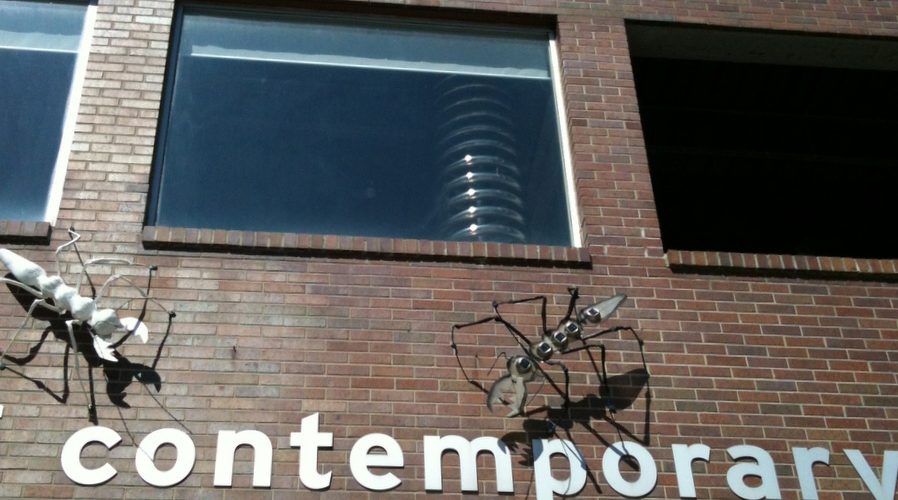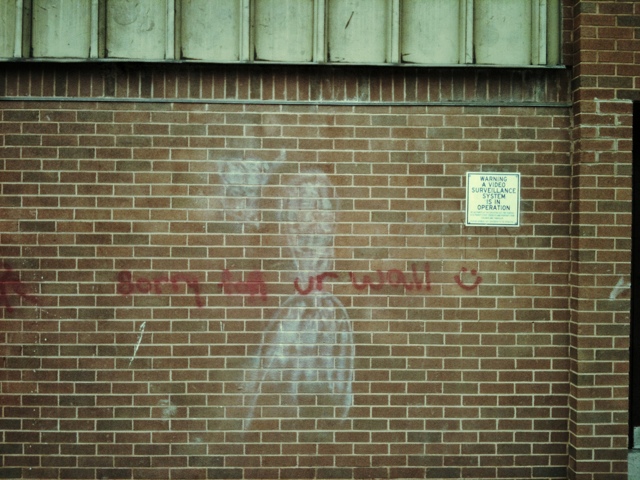Author: David Cantatore
Reflections
UncategorizedHumans have no free will because of physics
insightfulI think free will is an illusion we are forced to believe for it’s the quintessential justification of consciousness. In this context, I see consciousness as a consequence of the accumulation of neural pathways that allow for the processing of possibilities as the environment provides more and more external stimuli through diversity. We’re the sum of all that’s happened to the Universe since the Big Bang, since the very first elementary particle had to react to… well, something. And thus, we are bound by the limits of said universe. Free will would be absolute power over matter, time and space; we can only make choices dictated by the laws of physics.
Since we still have to make decisions, we have to weigh “alternatives,” which Bok defines as “an action that is physically possible.” She said a person is free, according to most philosophers, if “she can make a reasoned choice among various alternatives and act on her decision; in short, only if she has the capacity for self-government.”
You have the choice to read the rest of this great article here: Humans have no free will because of physics – The North Wind.
Urban art in Toronto
artContemporary ants
artI for one welcome our contemporary ants overlords!
This is the MOCCA (Museum of Conemporary Canadian Art) in Toronto, where I experienced a fantastic immersive multimedia installation, Necropolis by Tasman Richardson. Today was the last day to see it so if you missed it, well, you missed it. But do keep an eye on Tasman, he’ll probably have some mind-blowing stuff to show us soon.
Rock’n’rock
UncategorizedSorry for ur wall :)
photographyWhat the Space Shuttle booster saw
UncategorizedThis video is exceptional for several reasons: it’s a complete flight sequence shot from the Space Shuttle boosters, from take-off to landing, from multiple angles and it’s in HD, and the sound has been remastered by Skywalker Sound. Make sure you watch till the end, when you can see the other booster crashing in the ocean just a few hundred feet from the one the camera’s riding.
Awesome.
via Kottke
Cellphone tracking can be beautiful, fascinating and scary at the same time
society, techThis gorgeous data viz represents the movements of population in Geneva, Switzerland tracked by the cellphone connections to the cell towers. It’s beautiful, fascinating and scary at the same time.
Switzerland had more cell phones than people, around 10 million. During one day Swisscom subscribers in Geneva generate approximately 15 million connections from 2 million phone calls. As most of us know, carrying your phone around without making any calls still leaves a digital record as we get handed off from cell tower to cell tower.
I’ll leave it to you to rate the beauty of the visualization and what it represents, I do however think this is a fantastic urban planning tool. It’s just scary how our every movement is tracked so accurately. I lived in Geneva for over 10 years and can perfectly picture myself going through town from the traces represented there. You could map the coordinates to Google Earth and recreate an entire population’s’ whereabouts.
“Ville Vivante” means “living city” in French, which describes pretty well what this work represents.
Leon Theremin: The man and the music machine
art, techThe Theremin has always fascinated me, probably because it was featured in so many sci-fi movies soundtracks. The BBC celebrates the 90th anniversary of its invention by Leon Theremin, a then young bolshevik who got Lenin’s attention.
Ninety years ago this month a young Russian scientist and inventor, Leon Theremin, was summoned to the Kremlin to meet Lenin. It was the start of an incredible journey that laid the foundations for modern electronic music.
Leon Theremin had just invented the first electronic musical instrument and, by direct consequence, electronic music.
via BBC News – Leon Theremin: The man and the music machine.
Artist suspends real clouds in the middle of the room
artThis is so cool! The scale and lighting boggles the mind for an instant. After all, our brain doesn’t expect to see a cumulus cloud indoors I guess.
Smilde uses a fog machine to make the actual clouds, but also carefully regulates the humidity and temperature. Even so, these installations exists for a mere moment before dissipating inside the room. If you’re not there in the moment, then you only get to experience these brief scientific sculptures as photographs.
Via io9















